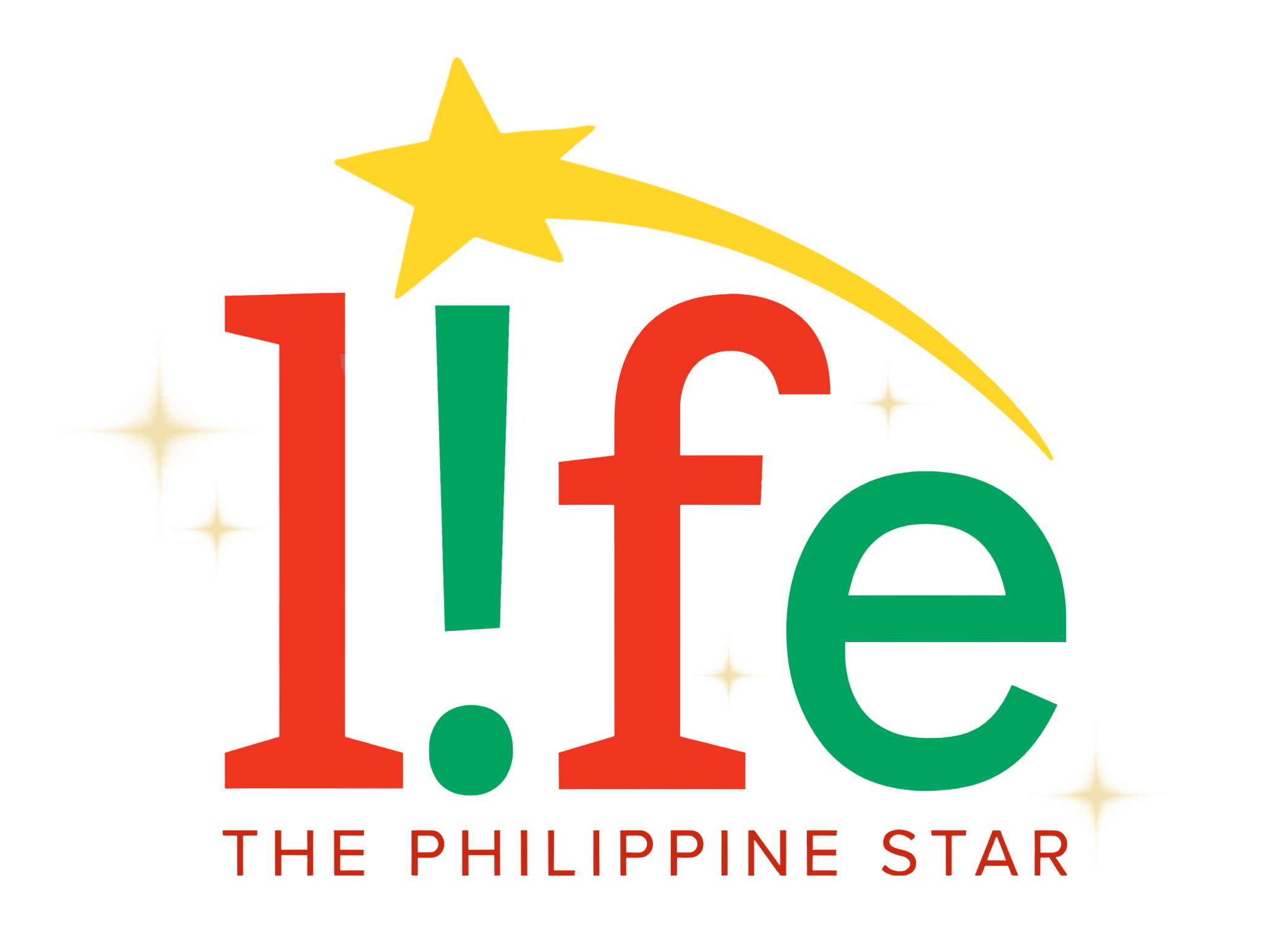‘Touch the craftsmen’s hands, feel their souls’
"Touch the craftsmen’s hands, feel their souls," admonishes Eric Zerrudo, one of the three maestros who orchestrated the ongoing Likha 4 craft festival at the stunning Foro de Intramuros event space along Calle Arzobispo in the old Walled City. (The “fiesta” of crafts runs from Saturday, June 7 to Sunday, June 8, from 9 a.m. to 6 p.m.; admission is free.)
Al Valenciano, who could best be described as a “culture warrior,” is Likha’s fiercest driving force. He admits it was all an offshoot from nothing more workaday than a project to map the traditional crafts across the country. The study revealed exactly what was to be found where—and which needed emergency triage—as past masters perished, unable to pass on their skills to the next generation, or old materials vanished or, worst of all, sent to the dustheap of distant memory.
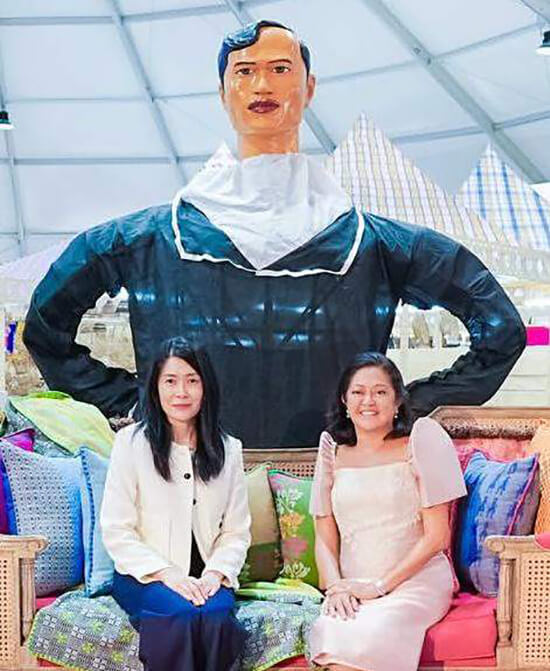
Likha is thus all about making Filipino craft—in Valenciano’s words, “sustainable.” He is quick to point out that it’s not just about turning a profit, although that’s important, too. After all, to attract young artisans willing to put in the hours to become maestros, a career track with attractive wages is needed. How else to woo away the talented from the easy money of call centers and the life dreams of becoming influencers?
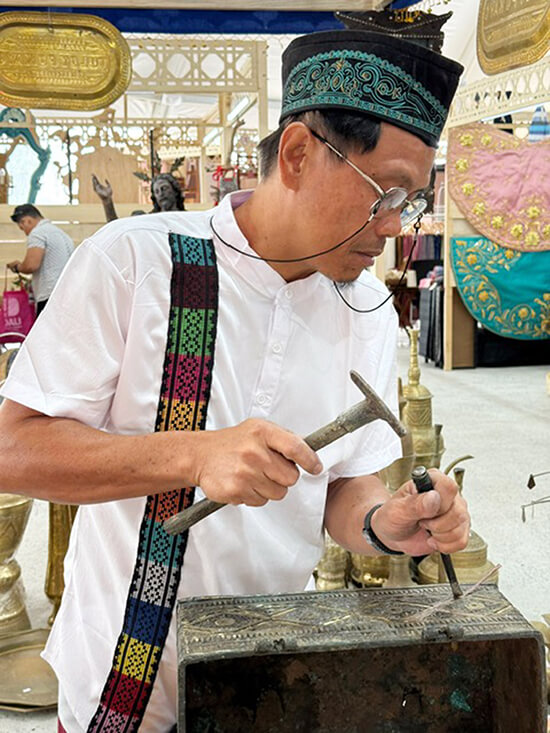
Enter the vision—and yes, the clout—of First Lady Louise Araneta-Marcos who is intent on providing the logistics, the venue and, equally important, the media attention and the necessary style and glamor to make the project a success. Through a system of tiered activities, micro-enterprises are introduced to mentors from similar fields, given a chance to come to the Likha trade fair in Manila, and to meet future clients and contacts. (These include the diplomatic corps and the ladies that lunch and shop voraciously.) It is, in short, a dream come true for every one of these cultural entrepreneurs.
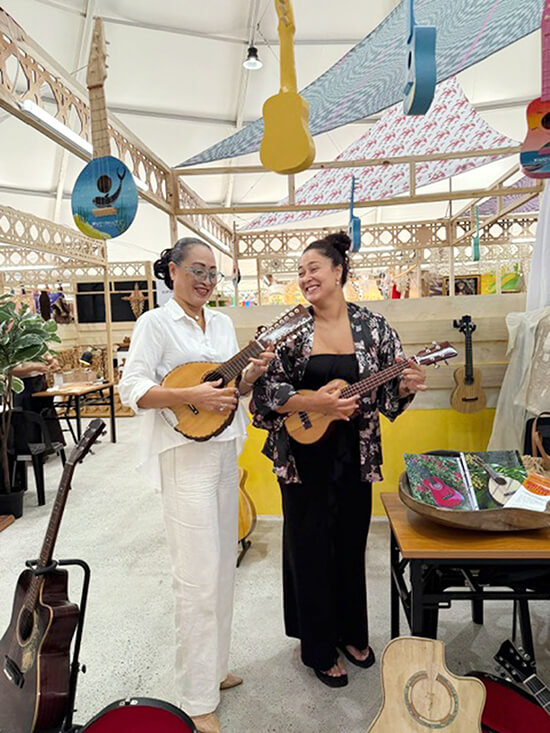
The idea is to bridge time, space and geography—and to future-proof the past. Forgotten cottage industries such as for clay pots (the lowly palayok) and granary gods (the divine bul’ul) and Christmas lanterns (the immaculate-white lubenas or novenas for the nine days before the birth of Christ) are just some of the undertakings being brought firmly into the 21st century because of Likha.
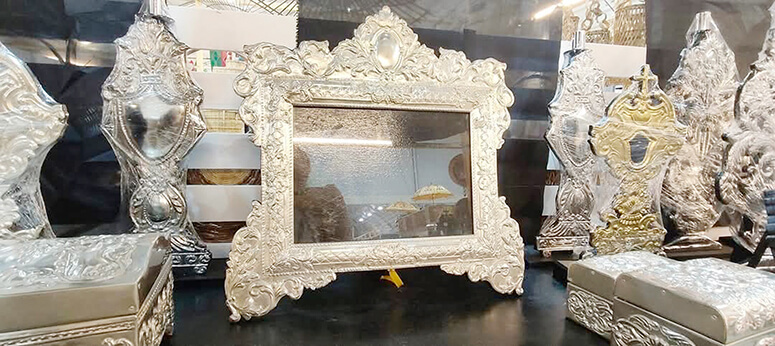
This vital undertaking happens to have an important consequence: It’s like a time-traveling portal for the Tiktok generation to find their way to an authentic Filipino identity, too.
Valenciano can certainly “walk the talk,” a dynamo who is one of the champions of the art of inabel in the Ilocos. His collection of 19th-century fabrics has been cleverly printed on sail-shaped tarpaulins that decorate the tops of the Likha booths. They are an easy-to-understand symbol of Filipino design flowing into the future. (Incidentally, his “Balay ni Atong” transforms the in-demand northern fabric into evergreen iterations such as stuffed gecko toys and chi-chi messenger bags, apart from silk-infused throws and pillows.)
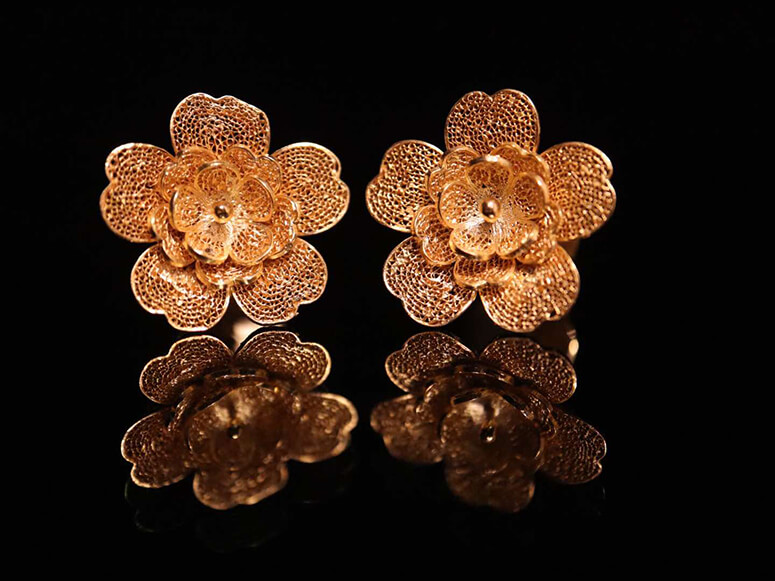
The third man on the heritage team is Architect Mico Manalo. He designed the shell for a high-tech tent that is the Foro de Intramuros. Based on old photographs of the Ateneo Municipal—Jose Rizal’s alma mater—it combines the stately columns and proportions of the original 19th-century academy with striking graphic details of the solohiya (the term for cane weaving.) These patterns mimic the rattan fiesta arches called singkaban. Manalo, who is a stickler for historic accuracy, said that since there were no architectural plans or drawings that have survived, the design was a deliberate attempt to express the Philippines’ unique hybrid culture. It’s the latest addition to the continuously re-purposed Intramuros, under the baton of its energetic administrator Joan Padilla. (The Foro is conveniently located across from the Museo de Intramuros and the newly souped-up Centro Turismo. Both would not look out of place in Milan or Madrid and are just the kind of destinations we need that make Filipino hosts beam with pride when they show their foreign friends around.)

Likha 4 is the perfect launchpad for next week’s June 12 celebrations that mark the 127th year of independence this year. Eightydifferent crafts, from the newly born to well-known names such as Filipiniana designerLen Cabili of Filipinna and jeweler Natalya Lagdameo may be found in a single location.
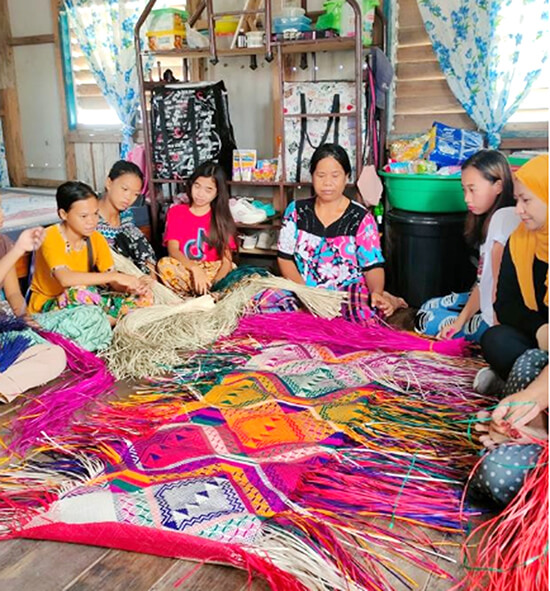
Thirty newbies from the four corners of the Philippines are the stars of the show, offering live in-person demos of the craftsmen hard at work. These are Tatay Agripino's Basket Crafts and Winnie's Kamurang & Agnaya Baskets (Negros), Tagakaolo Basket (Malungon, Sarangani), Xian’s Arts and Crafts (Banaue, Ifugao), Buneng Ken Badang (San Nicolas, Ilocos Norte), Bunga sama Yakan Tennun (Basilan), EA Casedo's Embroidery (Lumban, Laguna), Coco Midrib Handicrafts (Escalante, Negros Occidental), Damili (San Nicolas, Ilocos Norte), Inday Celia's Guitars (Lapu-Lapu, Cebu), Habul Tyahian (Parang, Sulu), Lingling-o Brass Makers (Banaue, Ifugao), Inaul Malong (Maguindanao del Norte), Karatáy Basket (Nueva Era, Ilocos Norte), Lakub (Marantao, Lanao del Sur), Maranao Lantaka, Lubenas Lantern (Magalang, Pampanga), Brass Okir Work (Tugaya, Lanao del Sur), Banig & Nigo (Boston, Davao Oriental), Buri & Nito (Guimaras), CaDiWA Nito Hats (Negros Occidental), Sama Tepo (Tawi-Tawi, BARMM), Solihiya (Pampanga), Taka/Paper Maché (Paete, Laguna), Madaha Hand Weavers Association (Himamayla City, Negros Occidental), Binakul (Sarrat, Ilocos Norte), Tritik (Malungon, Sarangani), Urna Carving (Bohol), Uway Handicrafts (Negros), Banwa Pens (Iloilo), and Puni (Bulacan).

Three ventures offer outstanding promise, starting with Punique, an endeavor from the women of Malolos who have recruited eight seniors to fashion pastel bouquets, earrings and rings, as well as decorative motifs such as birds in flight. All of them are made from buri leaves. Jonnah L. Garcia is the social entrepreneur behind this.
Inday Celia’s Guitars are works of art made of Filipino wood such as kamagong, coconut, langka, and acacia. From the island of Cebu, the guitars are also inlaid with abalone shell. A micro-business begun more than 30 years ago, it now employs several families to create these musical instruments.
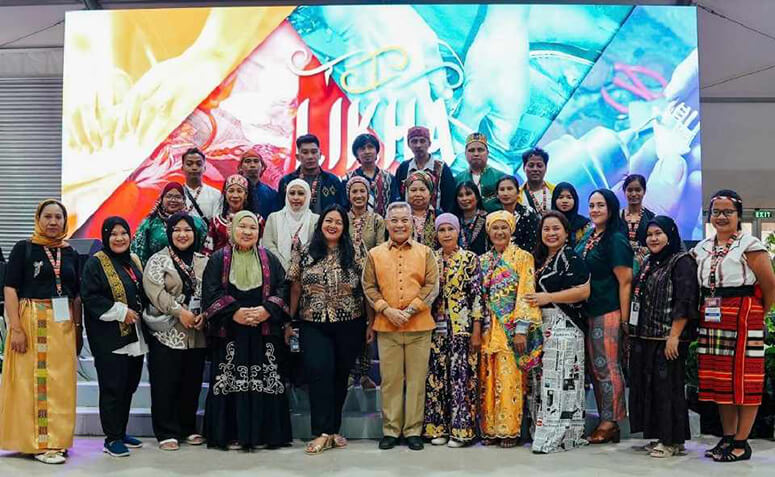
Meranaw Brasswork tells of a romantic but formidable journey from Lake Lanao. Cast using the lost-wax method, the artisans say that it takes a month to set and test the molds. Red sand from the town of Tugaya along the lake shore, mixed with burned ashes, is one of the ingredients. The inlay of different metals is painstakingly added with a chisel and hammer.
These intrepid craftsmen have just begun their journeys—some trekking from as far away as the mountains outside Saranggani or Bontoc, still others crossing the waters of Laguna de Bai or Tawi-Tawi. It will be an adventure of a lifetime.


